Stefanie Spear, Founder & CEO, EcoWatch and Tom Romito, Western Cuyahoga Audubon, explore what it means to lead a biocentric lifestyle and in doing so, how people become more aware and connected to nature.
But, before we get into your actual presentation content, I would ask that you explain those two concepts and how they differ.
Distinguishing a Humanistic Viewpoint From a Biocentric Viewpoint [00:01:14] Stefanie Spear: First of all, thank you for inviting me to be a speaker and I am looking forward to being a speaker on December 6, 2016. I hope all of you will come. Not only do I love to share some of my thoughts, but I love to listen to what others have to say. Please come with lots of questions and I really enjoy conversation. So, a Journey from a Humanistic Viewpoint to a Biocentric one. I feel that the majority of people over the last many decades are born into a very humanistic viewpoint. Meaning that human species is the top, we are who matters, and yes, there are all these other species that are nice to look at or know about but that we’re at the top. That’s just not reality. Reality is that all species are dependent upon each other and that we must live in harmony with nature for long term survival of all species. It’s nobody’s fault, per se, or maybe it’s the way we are educated. My goal and hope is that most people have what I had at about the age of nineteen, which was an Aha Moment where I realized that the human species does not rule and that we have to be conscious of our impact on the earth and be aware of the health of other species for the long term survival of humans, if for nothing else. My goal, when I started publishing environmental news more than twenty-five years ago, was to educate and motivate people to care about human health and the environment. I was fortunate to have some incredible environmental studies classes as a college student and I learned about a biocentric lifestyle and Aldo Leopold’s essay, “The Land Ethic”. I learned a lot about what it means to live a biocentric lifestyle where you take other species into account in your day-to-day life. So, I call it a journey because there’s no way that once you have an Aha Moment and become conscious of your impact on the earth, that you can, in one day’s time, implement all the sustainable practices in your life! It’s a journey. I always encourage people to start with one item. Such as, that you bring reusable bags to the grocery store. Take one measurable item that you can say, “Now, I’m going to stop using plastic bags and just use reusable ones.” You then realize that that one action makes a difference. And that’s your journey. Once you implement that, you’re likely to say, “Hey, that worked why not try something else like composting!”. How about if we don’t throw away any compostable waste? And then you implement that, and so on and so on. I see this as a journey and I want to help as many people along that journey as I can. Steps People Can Take to Lead a Biocentric Lifestyle [00:04:33] Tom Romito: Well Stefanie, what I understand then, is a humanistic viewpoint for those of us who are so wrapped up in consumerism, we’re tied to our technological tools and advances, and pay no attention to nature. Whereas a biocentric lifestyle is being aware of the symbiotic relationship we have with all other living things. The birds, the animals, the plants. Am I correct on that? [00:05:06] Stefanie Spear: Yes, absolutely. And it comes down to the type of cleaning products you use in your home. So, for outside, if we moved the camera over a little and we could see my very beautiful brick walkway, we would see some weeds and what I do is I hand pick them out because I won’t spray RoundUp on my property. I have as much of a toxic-free environment here as is possible. This is my property you can see some of my trees and I feel very happy about providing two acres of land that is somewhat of a refuge for other species that are living in my community. So you become conscious and choose certain products, or choose a certain way of life that is not only going to be healthy for you, but for other species.
Above: Stefanie Spear and Tom Romito recording in Chagrin Falls, Ohio on Thursday, November 10, 2016. Photos by Betsey Merkel. Explore Western Cuyahoga Audubon's photo library of birds, people, activities, and conserved natural areas here.
How People Can Connect With Nature
[00:06:09] Tom Romito: Stefanie, the things that you’ve touched upon just now seem to point toward the sustainable lifestyle. The things that are going to help us survive and thrive on this planet. Given that, you’re going to be talking about how to connect people to nature when you talk to Western Cuyahoga Audubon members on December 6, 2016. Without giving away the farm, can you tell our listening audience, some of the low hanging fruit for getting connected to nature that are beyond sustainable living? [00:06:55] Stefanie Spear: All of your viewers know we are so fortunate to live in Northeast Ohio where we have the Emerald Necklace and so many other natural areas. I’m a huge believer in getting people outdoors and on the waterways. I feel that in order to want to protect nature you have to want to recreate in it. By “recreating in it” you realize the value that it brings to our lives and to the health of our planet. Connecting to nature is definitely step one to care for the planet and for the health of the planet. [00:07:33] Tom Romito: So, we’ve covered the concept of engaging people about living a biocentric lifestyle. We’ve talked about things they can do to become sustainable. And then there’s the issue of supporting strong environmental policy. That is the third prong of the mission of EcoWatch. I think that in view of recent events, we have a whole new slant on what to do and think about environmental policy. What can you say to our listening audience as we lead up to your talk, about where we ought to focus? Where should our minds be as we move forward day-by-day? Why It's Important to Support Strong Environmental Policy [00:08:38] Stefanie Spear: I will say that my talk will change a little bit considering the results from the Presidential election in the wee hours of Wednesday morning. There is no doubt in my mind that the most important thing that individuals can do is educate others on what I consider to be the most important environmental issues of our time. That can be a local issue happening in your community, that could be a statewide issue, it can also be a national issue or a global one. We’re fortunate today to have social media and so many other outlets that allow us to communicate with others about the issues that we take to heart that we’re passionate about, and care about that will create a sustainable future for future generations. In Conclusion [00:09:36] Tom Romito: So, in terms of what our audience ought to know, think and do, is to get educated about the policy issues and communicate them. Would you say that’s a good summary of where we are right now? [00:09:56] Stefanie Spear: Absolutely, as well as engage. Engage with organizations that you feel aligned with. Organizations that have the same mission and vision as what you believe in is critically important, and never so much as today will that be so vitally important as our President-elect plans to dismantle the Environmental Protection Agency (EPA), re-negotiate the Paris Agreement, bring on for his cabinet, climate deniers. Right now, there’s probably nothing more important than communicate and educate yourself on the most important environmental issues impacting human health and the environment. [00:10:45] Tom Romito: Well, ladies and gentlemen, there we have it: educate, engage and communicate. As we look forward, I look forward to meeting with all of you on December the sixth when Stefanie comes to tell us more about this important issue. Thanks very much for watching. Download: Living a Biocentric Lifestyle and How to Get More People Connected to Nature with Stefanie Spear (PDF)
Stefanie Spear is Founder and CEO of EcoWatch. She has been publishing environmental news for more than 26 years. Stefanie is dedicated to educating and motivating readers to become engaged in their community, adopt sustainable practices and support strong environmental policy to protect human health and the environment. Read More
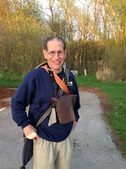
Tom Romito is President Emeritus of Western Cuyahoga Audubon serving from 2003-2014. During that time, he planned and organized a five-year breeding bird survey in the Rocky River (East Branch) that involved 100 WCAS members and friends. Through this survey, WCAS provided Cleveland Metroparks with data it is using to bolster grant proposals to preserve private land in the Rocky River watershed. Still a board member, Tom is also a facilitator and helps organization that want to grow. He is passionate about climate change, the healing art of reiki, Native American culture, and birding. Read More
Make A Donation to Western Cuyahoga Audubon. Your gifts guarantee chapter activities, programs and research continues to reach members and connect birding conservationists around the world. Use our safe and secure PayPal payment button below to make a donation of any amount you choose. All donations are gratefully received.
Comments
|
Story BlogThe Feathered Flyer blog publishes human interest stories about birding and habitat conservation. After watching, ‘My Painted Trillium Quest' by Tom Fishburn, Kim Langley, WCAS Member said, “Wonderful! It was a lift just knowing that such a site exists and is being protected!”
Media LibrariesQuarterly NewsletterSTORIESPodcastsWCAS is a proud member of The Council of Ohio Audubon Chapters (COAC) and promotes chapter development by sharing the best practices, brainstorming solutions to common problems, and building relationships in workshops and retreats. Subscribe
VideosYouth
Advocacy
Clean Energy
Reporting
Awards
Volunteerism
Take ActionResourcesBlogsArchives
October 2023
Categories
All
|
EDUCATENews Blog
Monthly Speakers Field Reports Bird Walk Reports Christmas Bird Count-Lakewood Circle Media Library Newsletter Archive Education Resources STORE |
Western Cuyahoga Audubon Society
4310 Bush Avenue Cleveland, Ohio 44109 [email protected] Western Cuyahoga Audubon Society is a 501(c)(3) nonprofit organization. Your donation is tax-deductible. The tax ID number is: 34-1522665. If you prefer to mail your donation, please send your check to: Nancy Howell, Western Cuyahoga Audubon Treasurer, 19340 Fowles Rd, Middleburg Hts, OH 44130. © 2020 Western Cuyahoga Audubon Society. All rights reserved. Privacy Policy | Terms of Use | Legal | Store Shipping Rates | Site Map |

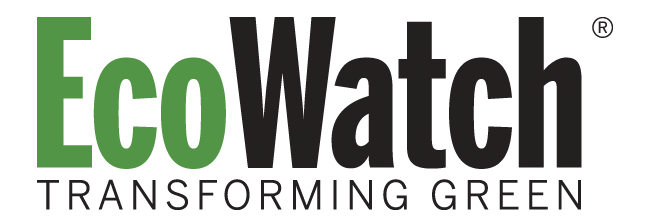
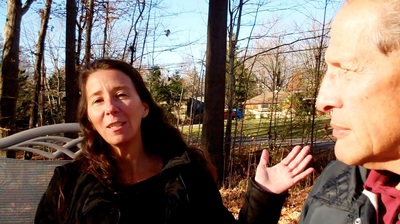
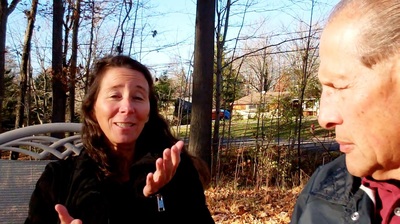
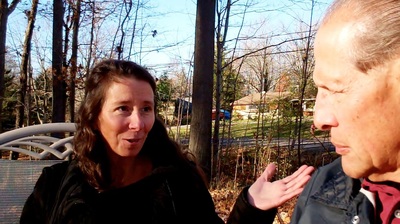







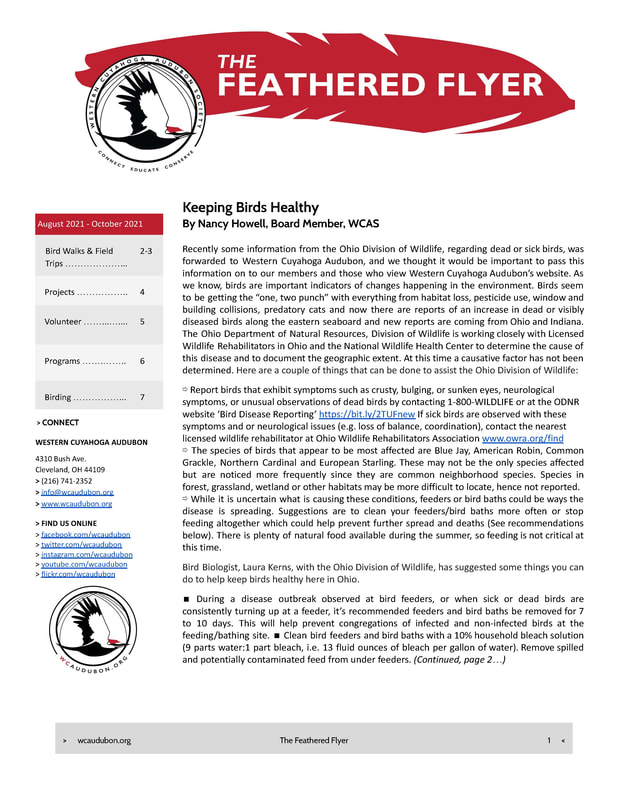
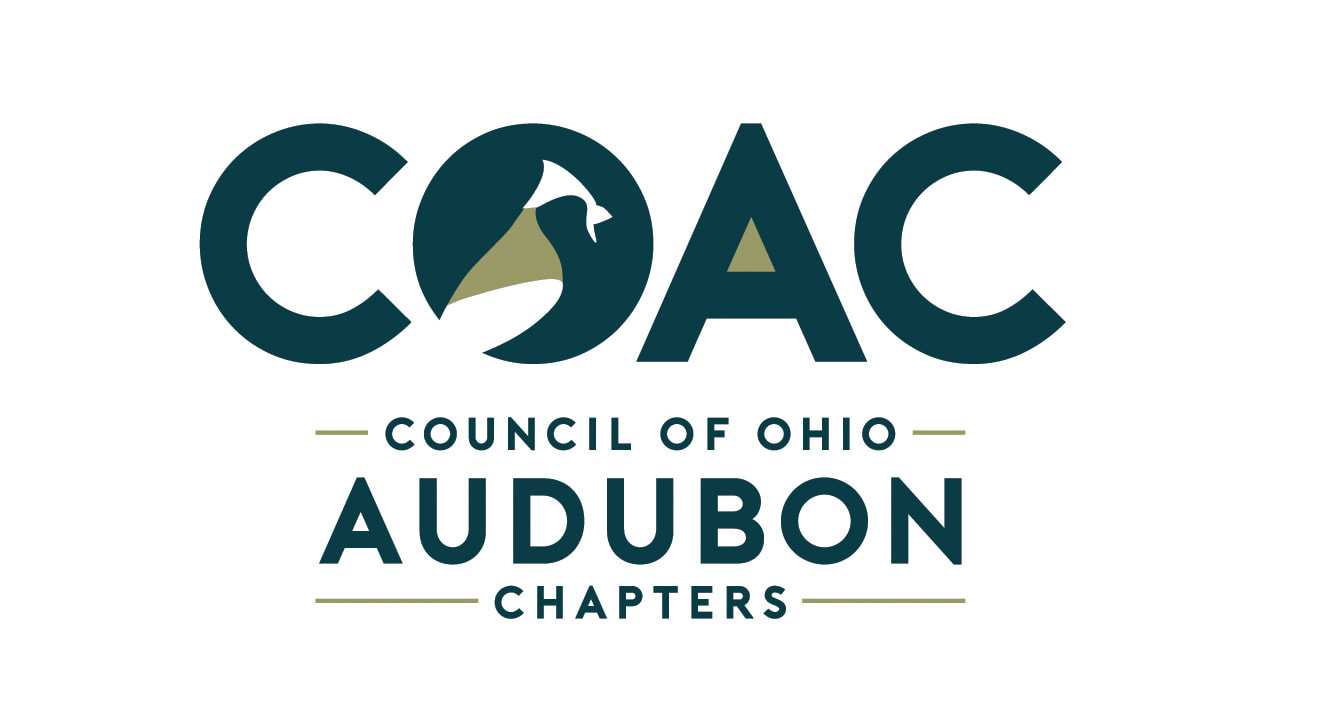
 RSS Feed
RSS Feed

